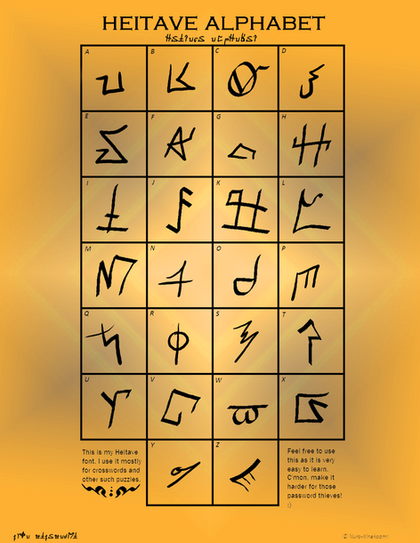HOME | DD
 AvatarVyakara — Spell Merchant: The Juhaejin Script
AvatarVyakara — Spell Merchant: The Juhaejin Script

#conlang #script #scriptfonts #ajjamah #spellmerchant
Published: 2020-05-07 23:15:15 +0000 UTC; Views: 2240; Favourites: 22; Downloads: 0
Redirect to original
Description
In the Far East, where the gods are dying and the great empire of Kroldishten rules a sixth of the globe without leaving the continent, the last remnants of the region of Gykken (pronounced [gy:.kɛn]) stubbornly cling on to life. Now but a few city-states on the far southwestern end of the Bate Sea, once these waters were home to a massive trade empire, extending north into the Whirlwind Plains and the Empire of Mirrors. All trade in the east, it was said, went through Gykken. And so it is not a surprise to find their script, the Juhaejin, carved into coins and painted in bright colours on rocks all across the region. (This is strictly speaking just the Gykkeni word for "alphabet"; they themselves call it the Chihyul Juhaejin "greatly virtuous script".)Set as a standard by the old Seal-Bearer civilization some 3,000 years ago, the Juhaejin have remained surprisingly unchanged, although the language itself has undergone a number of deviations from Classical Gykkeni. The blocky letters are written up-to-down, and either left-to-right or right-to-left depending on city, era, or whether the scribe was left-handed or right-handed (or just bored). There were a great many shorthands, lower-case letters, and other variations, and yet always we find the same basic shapes. The phonetic values given are for Modern Standard Gykkeni (from Bamikunu), given a bit of an orthography change to reflect the Korean-esque nature of the language. The cursive form is from that city, about five hundred years ago.

























